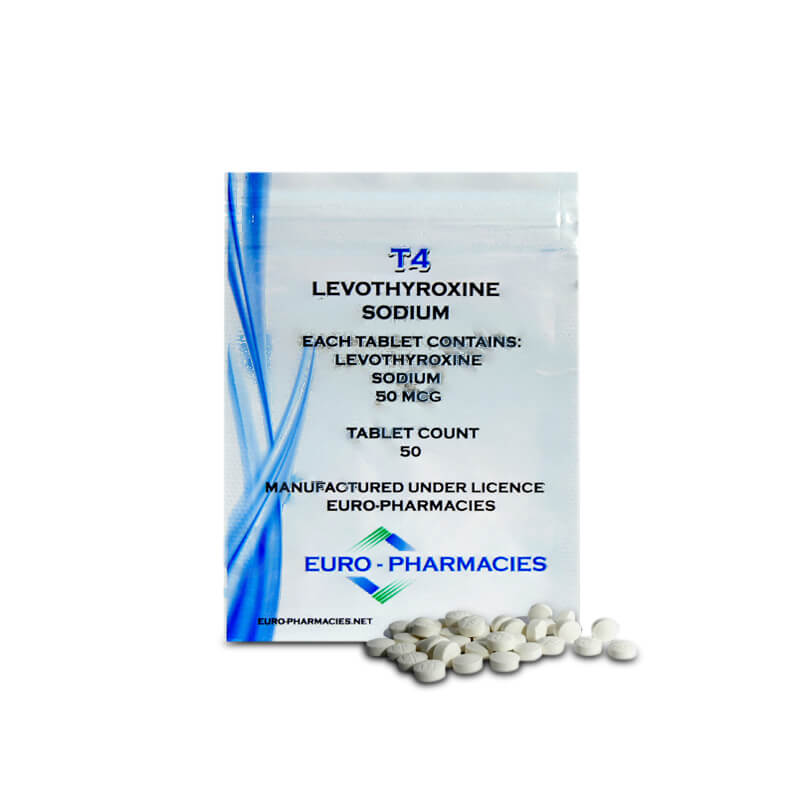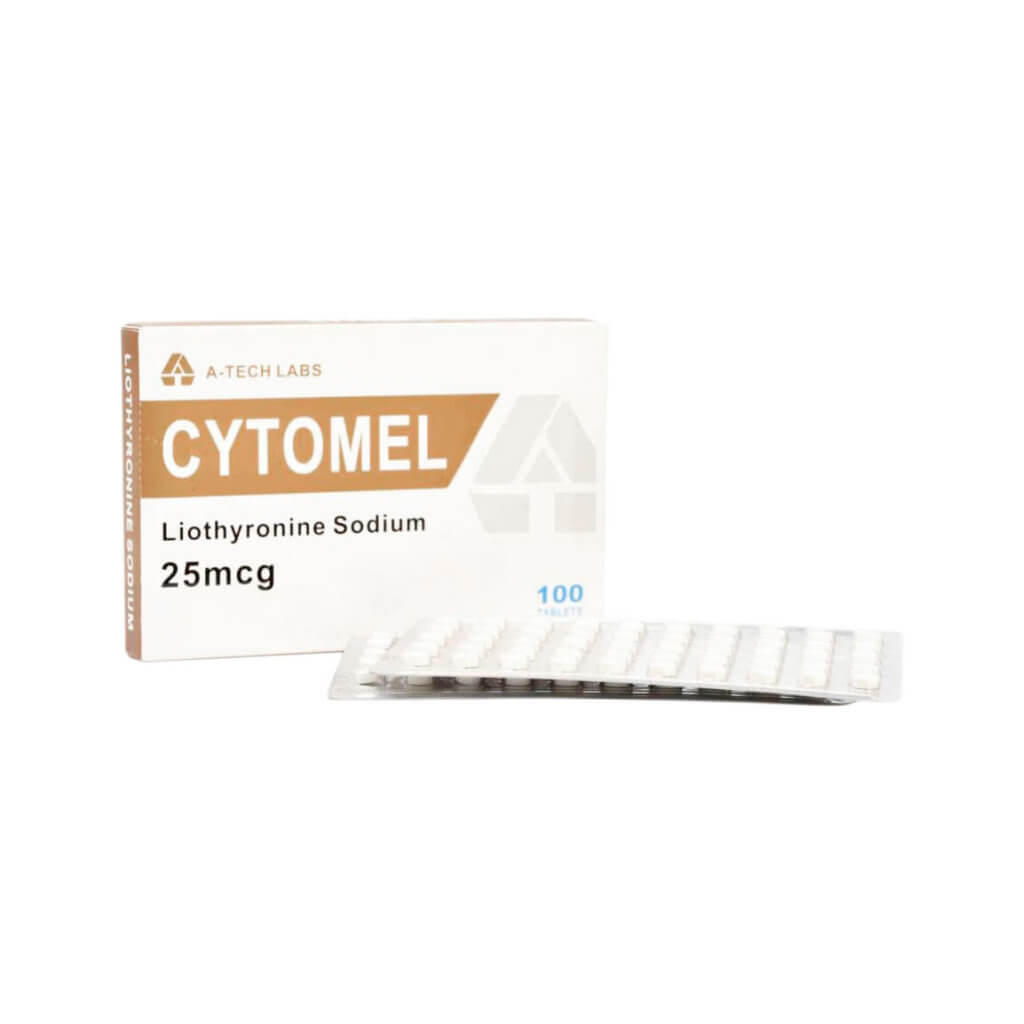Difference between T3 and T4
Introduction
There is a butterfly shaped organ located in the neck, just below the “Adam’s Apple”. This organ is known as the “Thyroid Gland“. This gland is responsible for producing two very important hormones that influence the body’s metabolism. These thyroid hormones are simply known as T3 and T4.
What is T3 and T4?
T3 is known as “Triiodothyronine” while T4 goes by the name of “Thyroxine”. Both thyroid hormones are generated by the thyroid gland, but T4 is mainly a precursor hormone, meaning that it is the principal hormone that is generated by the thyroid gland.
In producing this hormone, the thyroid gland relies heavily on the iodine available in the foods consumed. While both hormones are responsible for regulating the body’s rate of metabolism, the Triiodothyronine (T3) thyroid hormone is regarded as being a significantly more active hormone in the body.
Triiodothyronine (T3) readily penetrates the cells of the body, as virtually all human cells possess thyroid receptors. While T3 is a very vibrant form of thyroid hormone, it must be said that when the thyroid gland produces hormones, about 80% comes in the form of T4 while only 20% of the hormones generated by the gland is actually T3.
Where an individual is having difficulty in producing sufficient thyroid hormones, then a synthetic Thyroid stimulating hormone or TSH like cytomel T3 may be required to help stimulate the thyroid gland into generating sufficient T4 and invariably T3 hormones.
It is the chemical known as iodothyronine deiodinase that is responsible for transforming T4 into T3 and this transformation process predominantly takes place in the liver. Although, every cell in the body is in part capable of this transformation, but in varying degrees.



Key Differences between Triiodothyronine (T3) and Thyroxine (T4)
As mentioned earlier, Triiodothyronine is the main thyroid hormone. The T3 hormone is known as the catalyst that actively influences the human physiology in a variety of ways. For example, the T3 is mainly responsible for:
- building and influencing the state of mental health in a person,
- building catabolism of both proteins and starch,
- thickening the endometrium in women,
- enhancing the influence of catecholamines, and
- influencing the rate of metabolism, ventilation and pulse rate in humans.
T4 is the principal thyroid hormone generated by the thyroid gland while T3 is produced from T4 and primarily in the liver. So the thyroid gland generates more of T4 and less of T3. The typical level of complete Triiodothyronine (T3) in the bloodstream is between 5.0 μg/dL and 12 μg/dL while for free Thyroxine (T4) it is between 80 ng/dL and 190 ng/dL.
On the other hand, the level of absolute Thyroxine (T4) in the bloodstream is between 1.0 ng/dL and 3.0 ng/dL while for free Triiodothyronine (T3) it is between 0.25 ng/dL and 0.65 ng/dL.
Triiodothyronine (T3) may be the more active of the two thyroid hormones, but both T3 and T4 play a crucial role in regulating the body’s metabolic rate.


